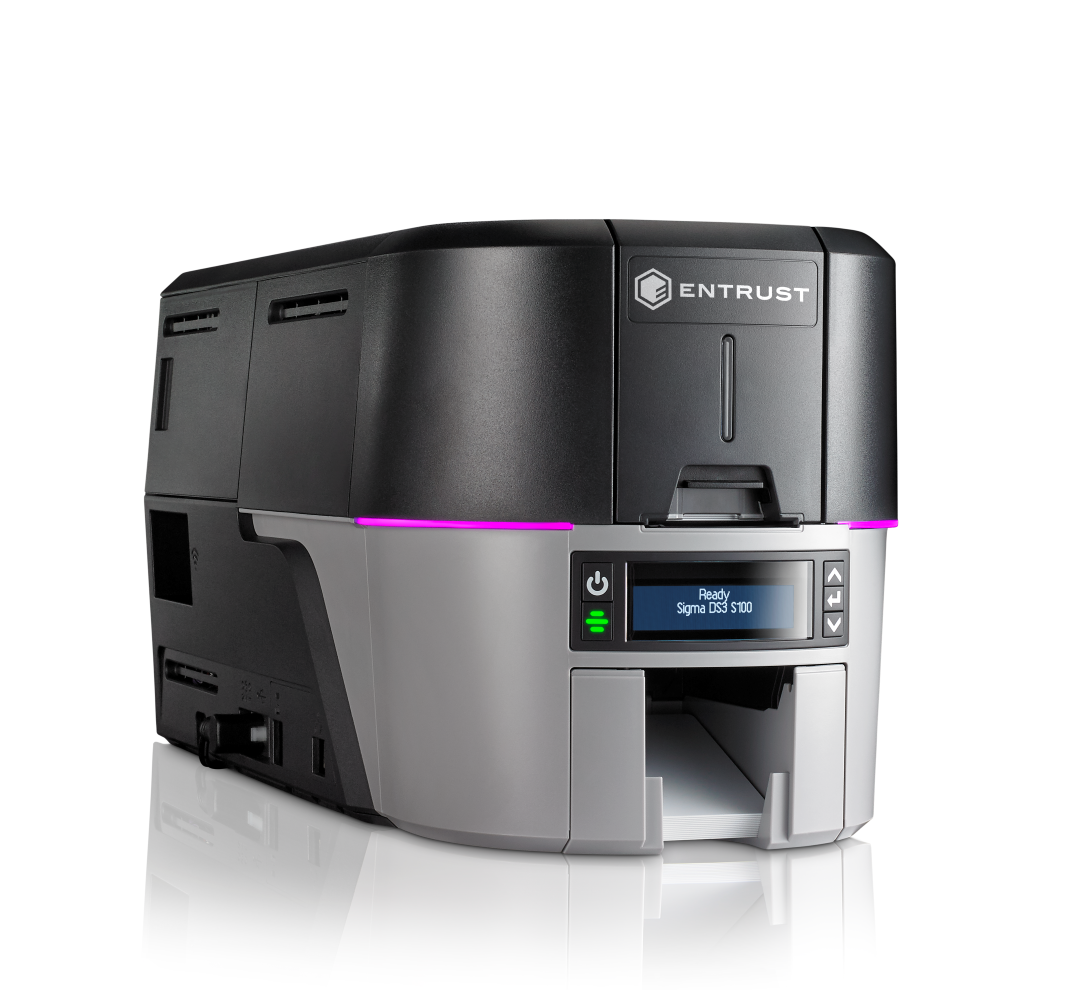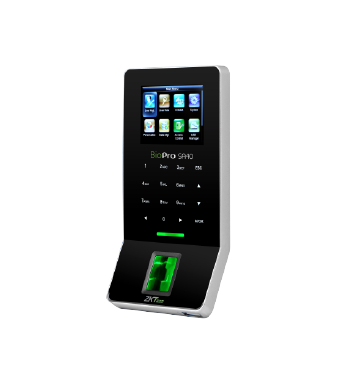In today’s rapidly evolving world, the need for robust identity and security solutions has never been more critical. As stander-magazine, government agencies, and individuals alike seek to protect sensitive data and assets, the rise of biometric technology has ushered in a new era of convenience and security. Biometric solutions, with their ability to verify identity based on unique human characteristics, are increasingly recognized as the gold standard for access control, authentication, and overall security.
This article delves into the growing importance of biometric solution providers, explores the applications of identity and security solutions in diverse sectors, and highlights how technologies such as door access control and gate barrier systems are revolutionizing security frameworks worldwide.
The Role of Biometric Solution Providers in Modern Security
Biometric solution providers play a crucial role in enabling organizations to implement advanced security systems. Unlike traditional security measures such as passwords or keycards—which can be stolen, guessed, or lost—biometric solutions leverage the uniqueness of individual traits such as fingerprints, facial features, iris patterns, or voice recognition to authenticate users. This makes them significantly more secure, reliable, and user-friendly.
Providers in this field not only supply biometric devices but also develop integrated systems that combine hardware and software for seamless functionality. Their solutions are tailored to specific security requirements, whether for corporate environments, public institutions, or residential settings.
Why Choose a Biometric Solution Provider?
- Enhanced Security: Biometric solutions eliminate vulnerabilities associated with traditional authentication methods. A person’s fingerprint or facial structure cannot be easily forged or shared, making breaches far less likely.
- User Convenience: Forgetting passwords or losing keycards is a thing of the past. Biometric systems enable quick and seamless authentication processes.
- Customizable Solutions: From door access control for office buildings to gate barrier systems for large industrial premises, biometric solution providers offer customizable systems for various needs.
- Scalability: Whether you’re securing a small office or a sprawling airport, biometric solution providers can scale their offerings to meet the specific demands of your infrastructure.
- Compliance and Accountability: Many industries, such as finance and healthcare, are governed by stringent regulatory requirements. Biometric solutions ensure compliance with these standards while providing auditable logs of access and activity.
Identity and Security Solutions: Bridging the Gap Between Convenience and Safety
The broader field of identity and security solutions encompasses a range of technologies designed to verify identity and protect assets. These solutions leverage biometric systems, smart devices, and data-driven analytics to provide a secure yet user-friendly approach to modern security challenges.
Key Components of Identity and Security Solutions
- Biometric Authentication Systems
Biometric authentication is at the heart of modern identity solutions. Fingerprint scanners, facial recognition cameras, and iris recognition systems are widely used in diverse industries, from banking to healthcare. - Access Control Systems
Access control is a critical aspect of any security solution. Modern systems incorporate biometrics to grant or restrict entry based on pre-approved credentials. Solutions such as door access control and gate barriers ensure that only authorized individuals can enter restricted areas. - Integrated Security Platforms
Today’s identity solutions often integrate multiple layers of security—such as biometrics, PIN codes, and access logs—into a centralized management platform. These platforms enable security administrators to monitor and control access in real time. - Cloud-Based Security Solutions
Many identity and security solutions now leverage cloud technology for storage and analytics. Cloud-based systems offer remote accessibility, scalability, and enhanced data security, ensuring seamless operation across multiple locations. - Mobile-Based Authentication
Mobile applications are increasingly being used as a secondary layer of authentication, often in conjunction with biometrics. For instance, users may be required to scan a QR code, provide a fingerprint, or confirm a facial scan using their smartphone.
Applications of Security Solutions Across Industries
Security solutions powered by biometrics and advanced technologies are transforming industries worldwide. Below are some examples of how these solutions are deployed in key sectors:
1. Corporate Environments
In offices, door access control systems are among the most common biometric solutions. Employees can use their fingerprints or facial recognition to access workspaces, eliminating the need for keycards or manual check-ins. Biometric attendance systems also streamline HR processes by providing accurate logs of employee presence and punctuality.
2. Healthcare Facilities
Hospitals and clinics require stringent security measures to protect patient data and prevent unauthorized access to sensitive areas like labs or operating rooms. Biometric systems ensure that only authorized medical personnel can access these areas, maintaining privacy and security.
3. Banking and Finance
The financial sector is a prime target for cyberattacks and fraud. Biometric authentication is increasingly used in ATMs, online banking, and physical branches to verify customers’ identities. Solutions such as fingerprint-enabled banking apps and facial recognition ATMs are becoming the norm.
4. Airports and Transportation
Airports are adopting biometric technologies for faster and more secure passenger processing. Facial recognition systems are used for identity verification at check-in, security checkpoints, and boarding gates, significantly reducing wait times and enhancing safety.
5. Residential Complexes
Biometric-enabled gate barrier systems and smart locks are becoming popular in residential communities. These systems ensure that only residents and authorized visitors can access the premises, enhancing security and convenience for homeowners.
6. Education
Schools and universities use biometric solutions for access control, attendance tracking, and securing sensitive areas like libraries or labs. These systems not only enhance security but also streamline administrative processes.
Door Access Control: A Cornerstone of Modern Security
Door access control systems are integral to security frameworks, ensuring that only authorized individuals can enter specific areas. These systems are particularly vital in commercial spaces, government buildings, and high-security facilities.
How Door Access Control Works
Modern door access control systems leverage a combination of hardware and software. Biometric scanners, card readers, or PIN pads are installed at entry points. These devices communicate with a central management system that verifies credentials and grants or denies access accordingly. Logs of all access attempts are recorded for future reference.
Key Features of Door Access Control Systems
- Biometric Integration: Fingerprint, facial recognition, and iris scanning technologies provide robust authentication.
- Multi-Layer Authentication: Combining biometrics with PIN codes or mobile-based verification adds an extra layer of security.
- Real-Time Monitoring: Security administrators can track access attempts and receive alerts in case of unauthorized entries.
- Scalability: Systems can be scaled to accommodate additional entry points or users as needed.
- Remote Accessibility: Cloud-based platforms enable administrators to manage access control remotely.
Benefits for Businesses
- Improved Security: Prevents unauthorized access and reduces the risk of theft or data breaches.
- Increased Productivity: Employees no longer waste time fumbling with keys or forgotten passwords.
- Regulatory Compliance: Meets the requirements of data protection and security regulations in industries like healthcare and finance.
Gate Barrier Systems: Securing Entry Points with Efficiency
Gate barrier systems are a critical component of perimeter security, controlling vehicular and pedestrian access to premises. These systems are commonly used in parking lots, industrial facilities, gated communities, and transportation hubs.
Types of Gate Barrier Systems
- Automatic Boom Barriers: These barriers use a motorized arm to block or allow vehicle entry based on authentication.
- Sliding Gates: Ideal for larger premises, sliding gates are equipped with motors and can integrate with biometric or card-based access control systems.
- Turnstiles and Pedestrian Barriers: Commonly used in public transit stations or stadiums, turnstiles ensure controlled pedestrian flow.
- Speed Gates: These high-speed barriers are often used in commercial settings to balance security with smooth traffic flow.
Integration with Biometric Solutions
Modern gate barrier systems are increasingly integrated with biometric authentication. For example, a driver’s fingerprint or face can be scanned before the barrier is lifted, ensuring that only authorized vehicles and individuals are allowed entry.
The Future of Identity and Security Solutions
As technology continues to evolve, so too will the capabilities of biometric solutions and access control systems. Emerging trends such as AI-driven analytics, blockchain-based identity verification, and contactless biometrics are set to redefine how we approach security.
Key Trends to Watch
- AI-Powered Security Analytics
Artificial intelligence will enable real-time threat detection and predictive analytics, making biometric systems even smarter. - Contactless Biometrics
In the wake of the COVID-19 pandemic, contactless technologies such as facial recognition and iris scanning are gaining traction for their hygiene and convenience. - Blockchain for Identity Verification
Blockchain technology could be used to create decentralized and tamper-proof identity databases, further enhancing security. - IoT Integration
Internet of Things (IoT) devices will increasingly integrate with biometric systems, enabling seamless smart home and office security.
Conclusion
Biometric solution provider are at the forefront of transforming how we approach identity and security solutions in a world where safety and efficiency are paramount. From door access control systems that protect office environments to gate barrier systems that secure perimeters, these solutions are enhancing security across industries.
The integration of cutting-edge technologies such as AI, cloud computing, and IoT ensures that biometric systems will continue to evolve, offering even greater levels of security and convenience. As organizations and individuals alike prioritize safety, the role of biometric solution providers will only grow, shaping the future of security for years to come.




